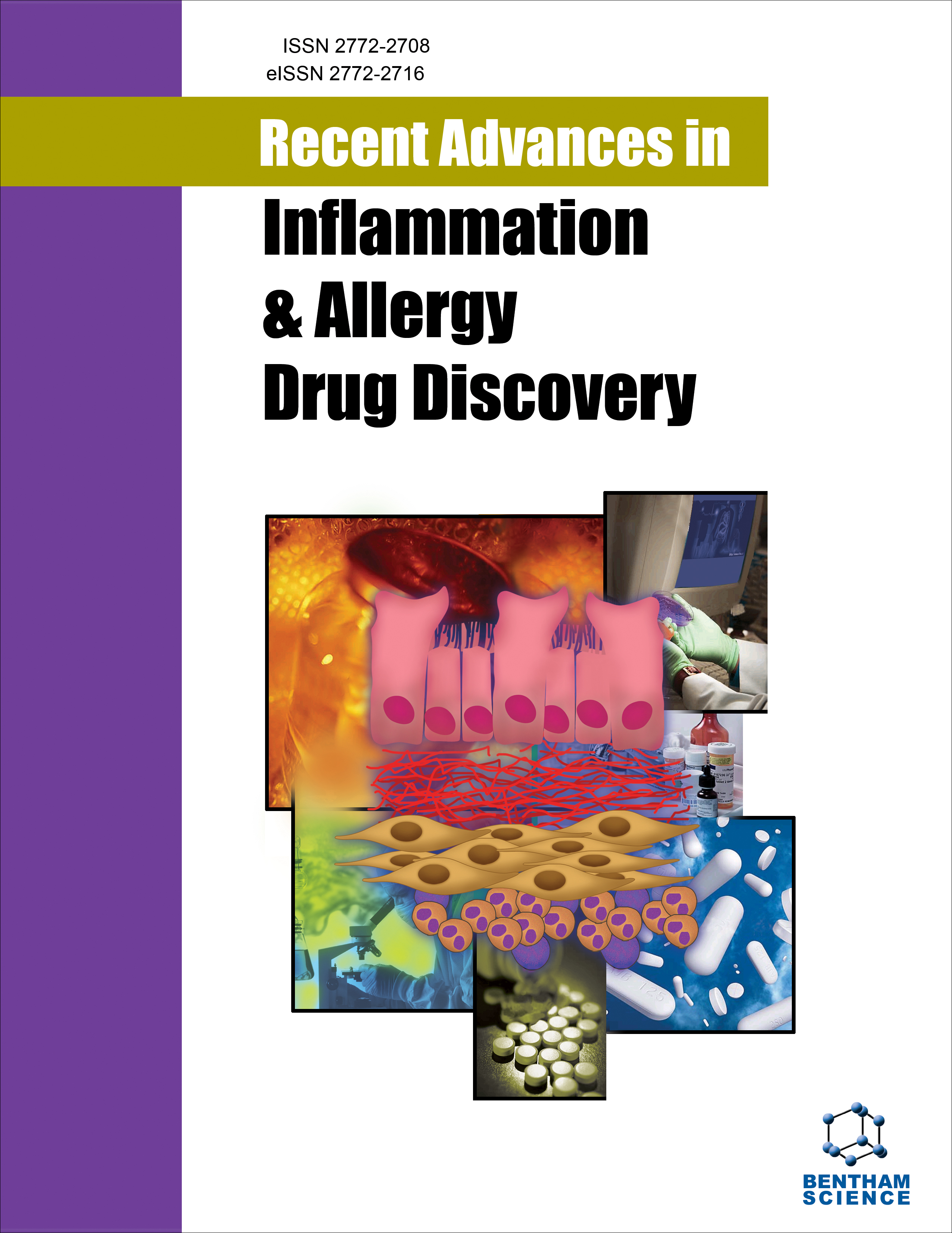-
oa Rebaudioside B Attenuates Lung Ischemia-reperfusion Injury Associated Apoptosis and Inflammation
- Source: Recent Advances in Inflammation & Allergy Drug Discovery, Volume 18, Issue 2, Sep 2024, p. 156 - 166
-
- 26 Dec 2023
- 07 Mar 2024
- 01 Sep 2024
Abstract
Objective: At present, no proven effective treatment is available for Lung Ischemia-reperfusion Injury (LIRI). Natural compounds offer promising prospects for developing new drugs to address various diseases. This study sought to explore the potential of Rebaudioside B (Reb B) as a treatment compound for LIRI, both in vivo and in vitro.
Methods: This study involved utilizing the human pulmonary alveolar cell line A549, consisting of epithelial type II cells, subjected to Oxygen-glucose Deprivation/recovery (OGD/R) for high-throughput in vitro cell viability screening. The aim was to identify the most promising candidate compounds. Additionally, an in vivo rat model of lung ischemia-reperfusion was employed to evaluate the potential protective effects of Reb B.
Results: Through high-throughput screening, Reb B emerged as the most promising natural compound among those tested. In the A549 OGD/R models, Reb B exhibited a capacity to enhance cell viability by mitigating apoptosis. In the in vivo LIRI model, pre-treatment with Reb B notably decreased apoptotic cells, perivascular edema, and neutrophil infiltration within lung tissues. Furthermore, Reb B demonstrated its ability to attenuate lung inflammation associated with LIRI primarily by elevating IL-10 levels while reducing levels of IL-6, IL-8, and TNF-α.
Conclusion: The comprehensive outcomes strongly suggest Reb B's potential as a protective agent against LIRI. This effect is attributed to its inhibition of the mitochondrial apoptotic pathway and its ability to mitigate the inflammatory response.


